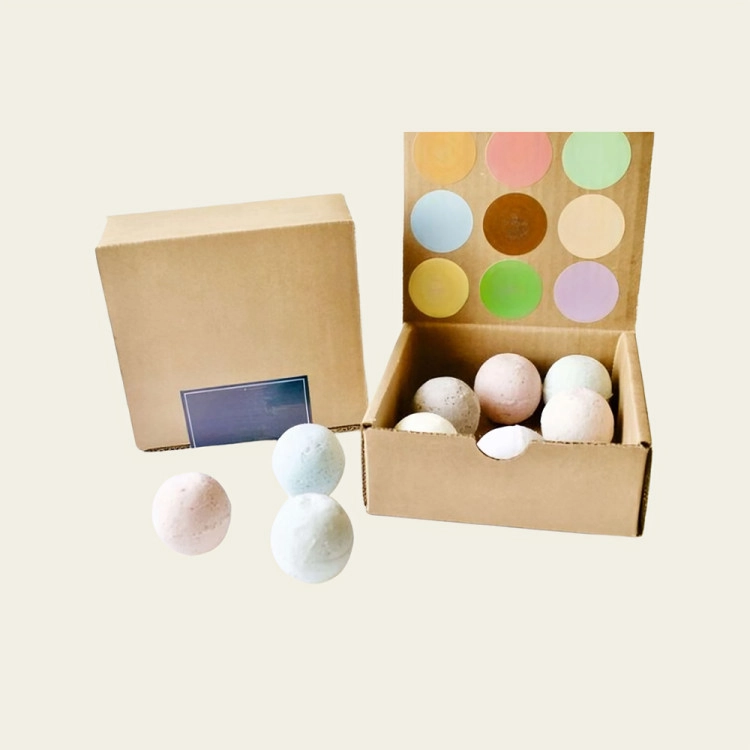Accuracy is highly needed when handling measurements. But errors always find a way to creep in, as long as numbers are being shifted from one measurement to the next, that of inches to cm aside. Regardless of whether you are cutting your own project, cutting fabric, or cutting for crafts, having the proper inches to centimeters conversion so you will not be doing mistakes which will cost you time, money, and materials is applicable. What we are talking about here are the most common mistakes that a person could make in converting centimeters to inches and how you could avoid them from occurring.
The Inch to CM Fundamentals of Conversion
Let’s keep the formula we have in mind at first before we address the errors:
1 inch = 2.54 centimeters
In the event that we are converting inches to cm, say 5 inches, then the formula remains:
5 inches × 2.54 cm = 12.7 cm
Having this convenient conversion factor at hand or a tool such as an area conversion calculator will be a lifesaver.
Easy as it looks, even mistakes do not go away. Following are the most frequent mistakes one makes:
1. Failure to use the Exact Conversion Factor
Probably the most frequent mistake on inch to cm conversion is the omission of the extremely accurate conversion figure of 2.54. Others apply rough approximations of 2.5, 3, or even other random rough approximations under the belief that small differences don’t count. Small ones do have a cumulative effect and blur the result when on one computation numerous, actually, have to be performed.
Example
Assuming that you did convert 50 inches to centimeters but you wrote down 2.5 where 2.54 was incorrect. Your calculation will be:
50 inches × 2.5 cm = 125 cm
Correct reading is:
50 inches × 2.54 cm = 127 cm
Difference is very slight, but accuracy is so important to construction, sewing, or engineering.
Use exact conversion factor always.
2. Using Only Approximate Methods
While Math is speed-friendly, with only an approximation when calculating results in a biased conversion. Instead of memorizing the conversion factor or employing tools like an area conversion calculator, people would rather guess numbers, which are not actual measures. Especially misleading when employing large figures or balancing calculations between a project and another.
Whenever accuracy is important, use accurate calculators, software, or tables of conversion that will do it for you. This removes the risk of human error and provides accuracy.
3. Having Given Wrong Methods of Conversions
There are individuals who mistakenly carry out the reverse calculation to convert centimeters to inches. Rather than multiply inches by 2.54, they divide since they believe it’s the reverse.
Reference:
To convert inches to cm: Multiply by 2.54
Example:
If you attempt to convert 75 inches to cm by multiplying rather than dividing, you arrive at:
75 × 2.54 = 190.5 cm
The correct calculation is:
75 / 2.54 = 29.53 cm
Make these sums up the wrong way and you can find yourself with ghost measurements. Always be very careful to double-check in which direction you’re converting.
4. Missing Decimal Values
If you were to convert inches to centimeters, the answer would be a decimal figure. Most of us like to approximate something like that too early, even before glancing at the decimal portion of it. While rounding off a figure to an integer is permissible in some contexts in daily life, where accuracy of measurement is involved, such an operation can lead to disastrous outcomes.
Example
If you’re measuring to 12.7 cm but cutting it to 12 cm, your project dimensions will be off.
Solution:
Make use of an area conversion table or a calculator that gives you a good decimal solutions. If you have to round, use standard math rounding procedures (i.e., round up if the decimal is 0.5 and higher).
One error that is most commonly made is not converting the units while calculating area. If you are calculating the area of a rectangle and you know the measurements in inches, first convert inches to cm prior to multiplying.
Example:
If your rectangle is 10 inches × 5 inches, to calculate the area in square centimeters (cm²), first convert both:
10 × 2.54 = 25.4 cm
5 × 2.54 = 12.7 cm
Multiply then:
25.4 cm × 12.7 cm = 322.58 cm²
If you hadn’t converted, you would have answered:
10 × 5 = 50 square inches, not the same as in cm².
Use the area unit conversion calculator to get this done and put all the units in their correct place.
6. Being Insensitive to Needs for Consistency
One of the least used inches to centimeters units is between-projects unit consistency. Switching centimeters and inches over and over again from left to right during calculations, for instance, gives various measurements. This is a common error in group work where group members will measure using varying units.
Example:
Consider people making a product with some of the measurement in inches and the other in centimeters. If they don’t apply the same measurement, the different components of the product will not fit.
Solution:
Use one system of measurement—either in inches or centimeters—and use it throughout for all calculations. Convert everything the moment both measurements are needed.
7. Not Using the Right Tools
While the conversion equation is useful, there is ever the risk of using the brain alone for calculation. Handiest tools like the internet-based conversion sites, cell phones, or electronic conversion calculators are used by very few people for specific calculations, i.e., area converter calculator.
Not only faster at computations, but also they can determine more compound conversions in respect of other than mere lengths, i.e., area, volume, or weight.
Example:
Instead of typing out each dimension and region separately for a plan, an area conversion calculator can have numbers typed out in seconds—charging your time and error literally.
Conclusion
Creeping towards cm is easy, but in projects where exactness of measurement is needed, it may be the difference between success and failure. For being accurate:
- Use precisely the same conversion factor, i.e., 2.54.
- Avoid the use of pure approximations.
- Be careful about direction changes (e.g., inches to cm vs. cm to inches).
- Keep the decimal value rather than round too soon.
- Be careful about unit consistency in doing the calculation.
- Only convert where area or other multi-dimensional units are involved.
- Use an aid such as an area conversion aid or web-based conversion table to get it right.
By avoiding these pitfalls and with appropriate equipment, you will be well served by your solutions—building, designing, or solving measurement problems for everyday life. Millimeters do count, and taking a little time to accurately convert measurements will cost you no furrowing of the brow in the end.




